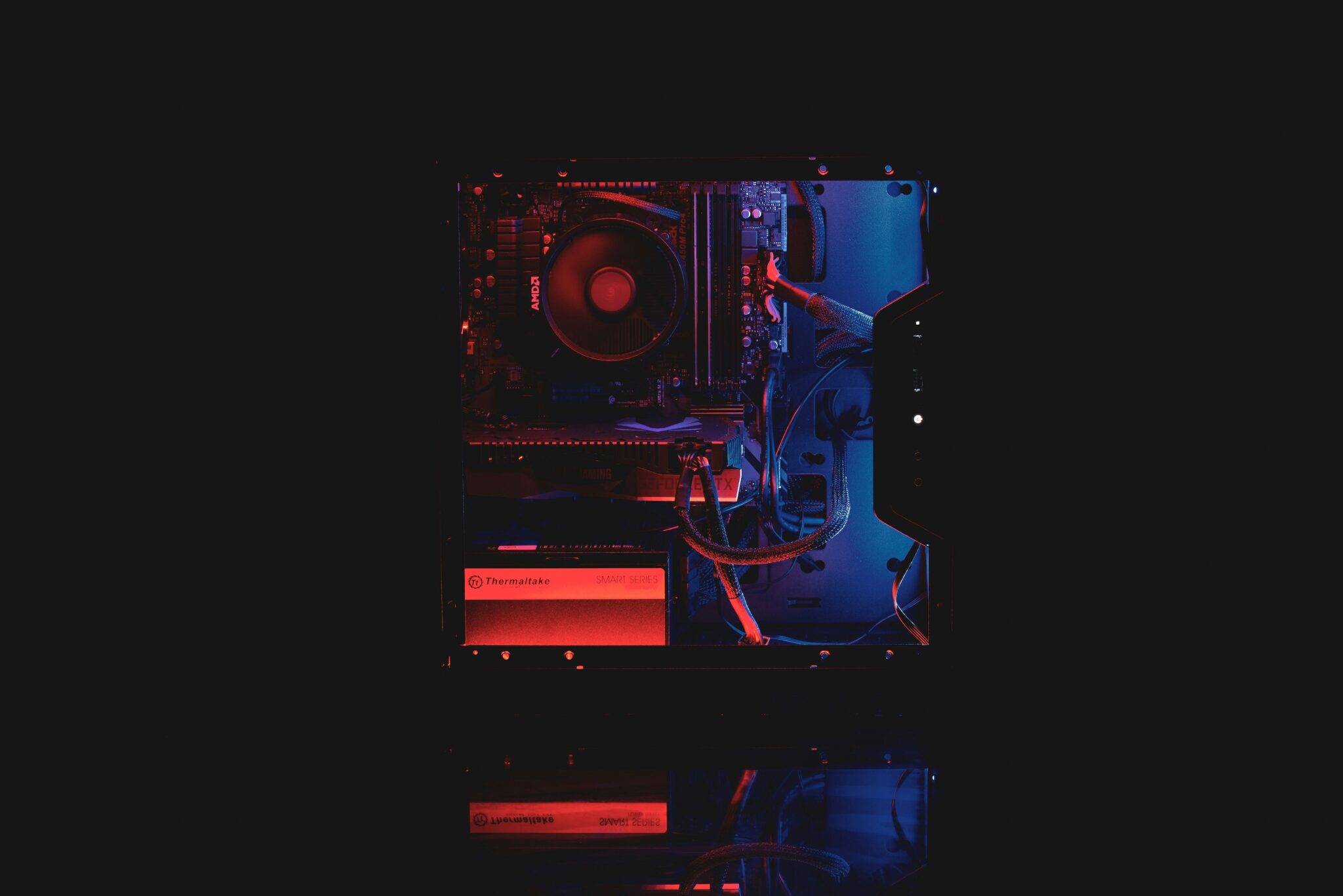
How AI Learns from Medical Data: Inside the Algorithm’s Mind
Understanding how large language models reason, question, and collaborate with clinicians.
1. The New Way of Learning — Not by Data, but by Dialogue
For most of modern history, teaching a computer to understand medicine meant feeding it vast databases — hundreds of thousands of cases, symptoms, and outcomes.
The hope was that by recognizing patterns, it would eventually “learn” to predict disease.
But today, a new paradigm has emerged.
Large Language Models (LLMs) such as GPT and Gemini don’t learn by memorizing your data — they learn by reasoning through conversation.
These models come pre-trained on enormous bodies of general and biomedical knowledge.
At Humipedia, they aren’t used to store patient information but to reason interactively about medical questions in real time — much like a physician thinking aloud through a complex case.
When a clinician or researcher interacts with Humipedia Pro, the system doesn’t “know” the patient.
Instead, it builds understanding dynamically, step by step, refining context through dialogue.
AI doesn’t learn from your data — it learns from your questions.
2. How the System Actually “Thinks”
Each Humipedia chat follows a structured reasoning framework designed to mirror clinical logic while remaining transparent.
Step by step, the process works like this:
-
Open questioning – The AI begins broadly, allowing for unexpected or underreported symptoms to emerge.
-
Iterative refinement – It clarifies, summarizes, and checks understanding.
-
Multi-pass orchestration – Multiple reasoning chains are compared across AI models to preserve consistency.
-
Case synthesis – The AI constructs a narrative summary without storing identifiable data.
The system doesn’t train itself from these conversations.
It applies its existing reasoning skills — linguistic, statistical, and biomedical — to connect symptoms, context, and research in a meaningful way.
That’s why every session is ephemeral: when it ends, the reasoning disappears, leaving no digital trace of patient identity.
The AI remembers logic — not lives.
3. Why Better Questions Beat Bigger Datasets
Traditional machine learning taught us that accuracy depends on the size of the dataset.
But in clinical reasoning, quality of inquiry often matters more than quantity of data.
Humipedia’s approach prioritizes precision questioning:
the art of asking the right question at the right time, in the right way.
Through open-ended conversation, the AI gathers subtle cues that often escape structured forms — changes in energy, lifestyle patterns, emotional context, or environmental exposure.
Each answer reshapes the next question.
The AI “learns” not by remembering facts, but by exploring meaning — continuously refining context until clarity emerges.
This mimics how good physicians reason: by remaining curious longer.
The best diagnostic tool in history isn’t the scanner — it’s the question.
4. Multi-Model Reasoning: Comparing Minds
No single AI model is perfect. Each has its own strengths, biases, and interpretive style.
That’s why Humipedia compares reasoning across multiple systems — such as GPT, Gemini, and upcoming medical-domain engines.
-
GPT excels in structured reasoning and textual precision.
-
Gemini introduces multimodal logic — combining text with image and live data inputs.
-
Grok and similar conversational models contribute intuitive synthesis and creative exploration.
By comparing answers, Humipedia detects agreement and divergence between models — just like consulting multiple medical experts.
If two systems disagree, that difference itself becomes valuable feedback, signaling uncertainty or bias.
Second opinions now happen in milliseconds.
5. Why Humipedia Doesn’t Train Its Own Model (Yet)
Owning a proprietary diagnostic model sounds appealing, but in practice, it introduces enormous ethical and technical challenges.
Healthcare data is fragmented, regionally inconsistent, and often biased by socioeconomic or demographic factors.
Training a model without rigorous curation risks amplifying inequality rather than reducing it.
Humipedia’s philosophy is simple:
Use the world’s best general models first — and only build your own when it can be done ethically and safely.
When regulatory frameworks, data integrity, and anonymization pipelines mature, Humipedia will integrate verified research datasets from partners like Visionama and BraineHealth.
But until then, responsibility comes before ownership.
6. A New Kind of Reasoning: The Inversion Principle
The research behind Humipedia is inspired by a patented reasoning concept originally developed at the KTH Royal Institute of Technology and refined by BraineHealth.
Instead of merely predicting likely conditions, the algorithm calculates what information would best reduce uncertainty next.
In clinical terms, it doesn’t just ask “What disease fits?” — it asks “What should we measure or ask next to find out?”
This inverse reasoning transforms AI from a passive predictor into an active collaborator, continuously seeking the next most informative clue.
That’s how reasoning becomes both transparent and efficient — mirroring how great diagnosticians think.
AI doesn’t just guess better — it learns how to question better.
7. Responsibility and Transparency First
Humipedia’s AI is intentionally designed to be open, auditable, and accountable.
-
Every session is encrypted, transient, and GDPR compliant.
-
No identifiable clinical data contributes to training.
-
All outputs are moderated for clarity, safety, and educational integrity.
This ensures the system remains a reasoning assistant, not a hidden black box.
Clinicians see not only what the AI suggests, but why it suggests it — making every conclusion a shared act of reasoning.
Transparency is not a feature; it’s the moral architecture that keeps the technology human.
8. The Heureka Moment: AI as a Question Partner
AI doesn’t need to outperform doctors — it needs to help them think more clearly.
When guided responsibly, it becomes the perfect question partner:
-
Unbiased yet curious
-
Fast yet reflective
-
Analytical yet empathetic
Instead of replacing expertise, it amplifies it — creating a dialogue where humans and machines learn from each other.
That’s the revolution quietly unfolding behind every Humipedia conversation:
a new kind of medical reasoning, shaped not by automation, but by collaboration.
The smartest system in the room isn’t the AI — it’s the dialogue itself.
Conclusion: Inside the Algorithm’s Mind
Artificial intelligence doesn’t truly “think.”
It mirrors the complexity of human logic — compressing centuries of medical knowledge into moments of understanding.
But that understanding only becomes useful when it’s shared, questioned, and made transparent.
That’s why Humipedia focuses not on machine learning, but on human learning through machines.
We believe the future of healthcare intelligence lies not in automation, but in co-creation — a dialogue between reasoning systems and the professionals who guide them.
The future of medicine will not be written by algorithms alone — but by the conversations we have with them.






